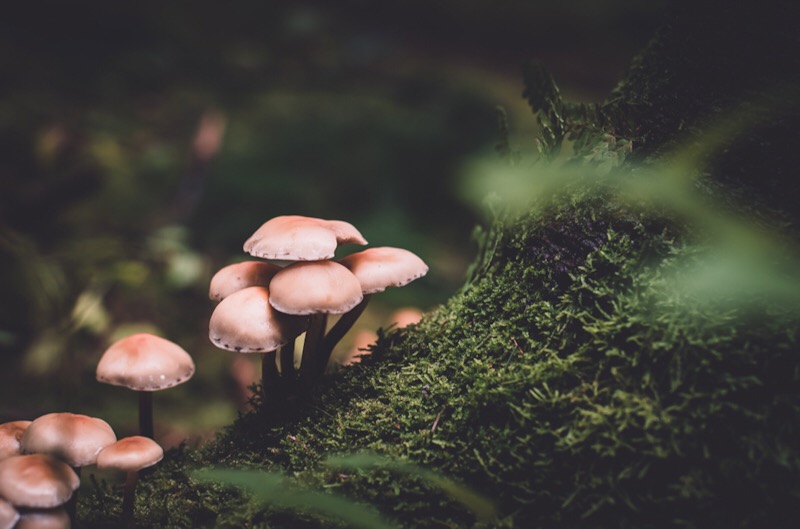
A week of rain, after which everything in the forest murmured. In between crevices, pale hatted fungi clustered like students. “I wonder if those are edible?” I whispered. “Brown cap boletus,” my companion answered, bending low over the glowing knot, “great with risotto, but these are young. They need to grow.” “Huh…weird to think something we pass on our hike is a food source.” “Before we farmed, this was our collective memory.” A chubby chipmunk snuffled across our path, brown nut clamped between teeth. Mist dripped from the lichen-covered boughs onto my shoulders. “Think the only wild thing I’ve had was strawberries. They grew in the woods behind our house. What about you?” “Mmm…acorns…nettle…oak moss…” “Huh…you can eat that?” “Everything has a purpose.” The landscape called to my hunger. I made some calculations. “Is it something I could learn?” “Come,” the guide invited, “come with me on my next foraging expedition.”
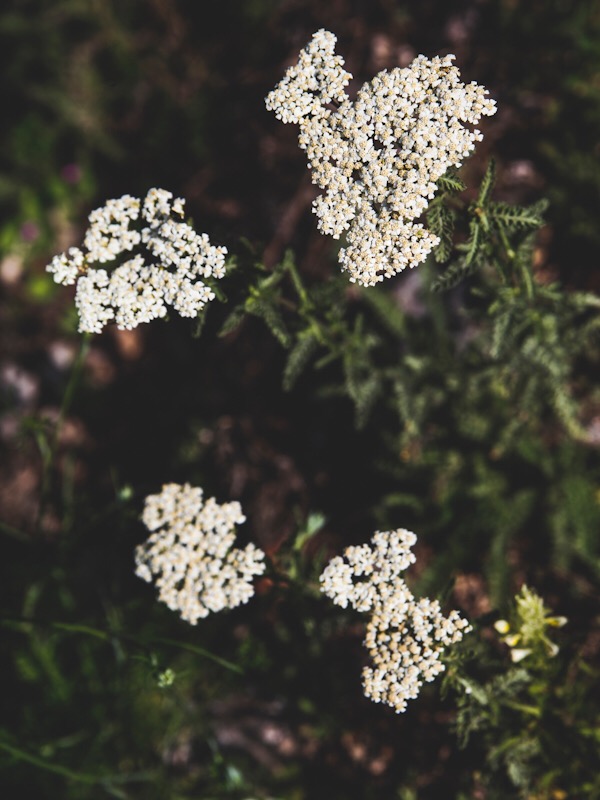
We met at what I thought was a fallow field neighboring a disused lumber yard. “Where are the plants,” I said, eyeing the plastic debris, the upturned dirt clods. “Here,” the guide replied, kneeling before a fluorescing rosette. “Oh, right…dandelions…heard those make good salads.” “Ever had them fried or in soup?” “N…no,” I said, toeing the crackled earth. “Look, black mustard,” the guide indicated. I eyed the drooping buttercup florets, suspicious. “Like the condiment?” “Yeah, from the seeds. But, the leaves can be blanched like spinach, the root roasted.” The guide moved to a batch of three-lobed leaves. “Um, that’s clover,” I corrected. “Right…the blossoms make for a great vanilla tea. We’ll leave these for the bees, though.” “Huh…turns out a lot of plants I ignore are edible.” My companion shrugged. “It’s easy to narrow our vision.” They heaped a bunch of bedraggled greenery into my arms. I thought of all the laundered produce wrapped in plastic under the supermarket lights.
“Don’t be fooled,” the guide said, pointing to what appeared to be Queen Anne’s lace, “this is hemlock…not parsnip. Highly poisonous.” “Useless, then?” I asked. “Just not meant for us. That doesn’t devalue it.” Our scavenger hunt shuffled us in awkward patterns across the sward. Sometimes my guide uprooted a plant, or cut a stem, or plucked a flower. Often, they left things untouched. “Wow, you really know this piece of land,” I said. “I spend a lot of time here. A space is like a person, the more you get to know them, the richer they become.” I regretted having passed moral judgement on abandoned lots, weeds scrabbling out of asphalt fissures, and naughty brambles.
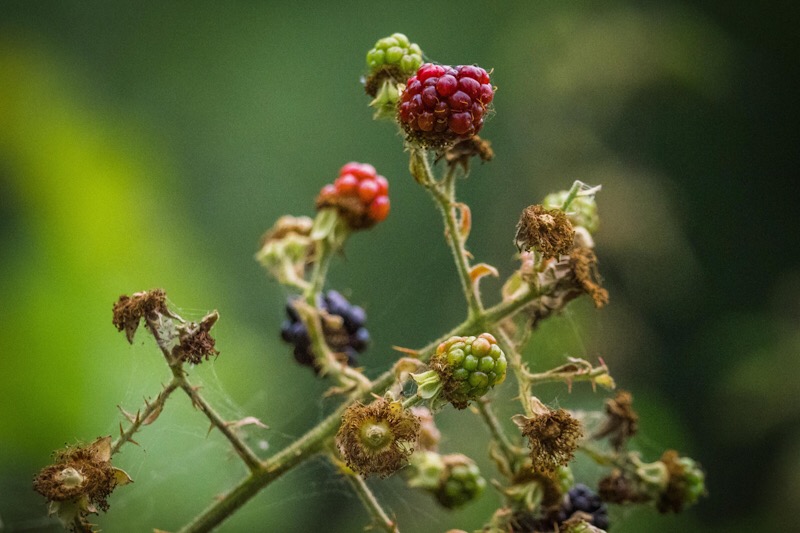
We met again in the community garden across from where the guide lived — a tangled exploration of roots and branches without border paths. There were no hothouse blooms, no identifying tags, no gloves, no tools. “How do you find anything in here?” I asked. “Don’t rely on your eyes,” my mentor advised, “use all your senses.” I prodded the soil gingerly, wary of what lay in the undergrowth. “Feel the texture of the purslane.” I squished its plumpness between my fingers. “Smell the oxalis.” I sniffed powdered lemon from the sorrel. “Can you hear that?” I bent towards a tall stalk to listen to the rasp of fingernails against tiny hairs. “I’ve made a pie for our lunch.” I scoffed. “Pshh…out of what?” “Let’s eat,” the guide said.
The pie tasted of banana and citrus and forgotten summers. I got greedy. “Let’s fetch more. Make oodles of pies,” I suggested. “No. I only take what is necessary. Never the first. Never the last.” I licked my lips, clutching onto that fleeting flavor. “Well. I’ll never forget this dish. Thank you.” “You should also thank the garden.” I felt foolish standing before the vegetation. But, “thank you for your gifts,” I said aloud to the plants. “I wish I knew as much about what to pick and how to make it delicious as you do.” The guide cupped my hands and placed a few sod clumps in them. “Start by tending these.”
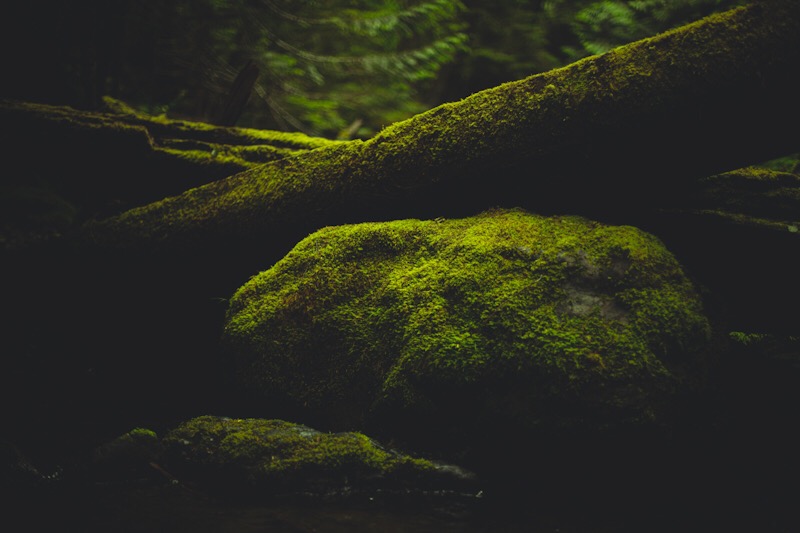
I mothered my fledgling cotyledons, reevaluating my commodification of food systems, public terrains, and ancestral knowledge. The buds, they were so fragile…and my appetites so substantial. How would I manage to steward these comestibles? How would I learn to share them? How could I walk the woods again in intimacy with lichen, berry, and prickly vine now the wolf in my stomach had learned to drool for them?
TRAVEL NOTE:
Foraging is one of the oldest traditions, kept alive by oral transference. Regulations in many areas deny indigenous, migrant, and food impoverished communities from learning and practicing their wisdom. I-Collective is working to return food sovereignty to these cultures.
Have you foraged and if so what foods have you gathered and prepared? What foraging guides are available for your area?
Discover more from Bespoke Traveler
Subscribe to get the latest posts sent to your email.


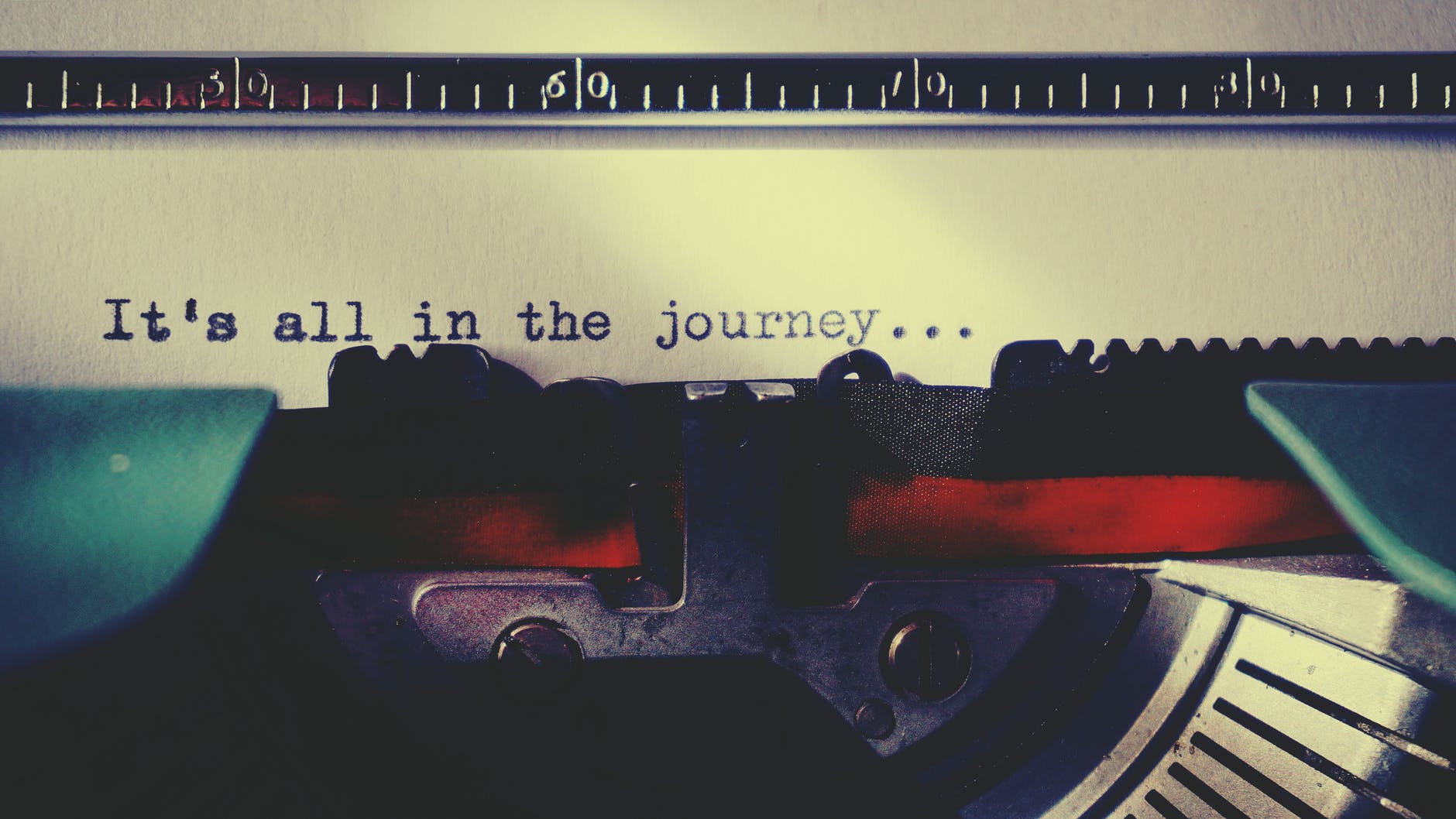
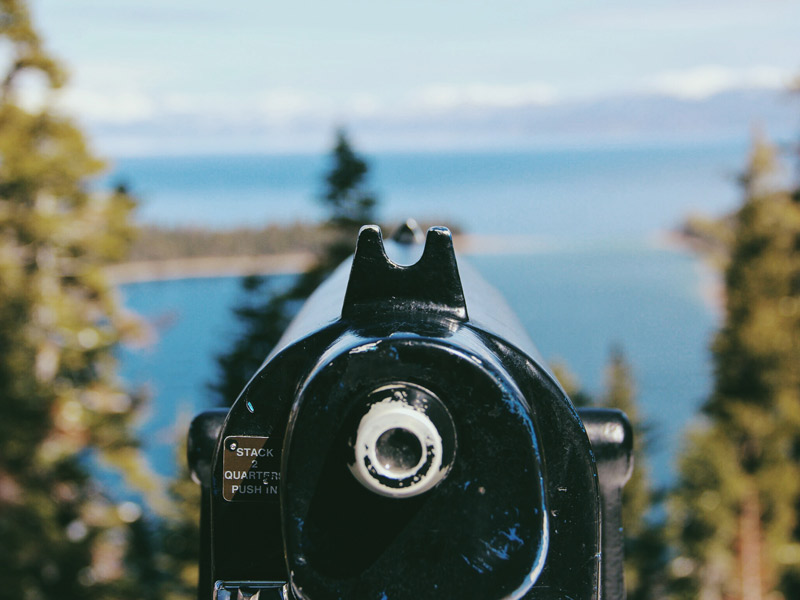

Oh to have the knowledge of your guide as so many delicious morsels are bypassed.
😁 my guide really has opened a new door for me! Thank you for stopping by and may the new year be good to you. 🌟
Hi BT, hope you’re doing well. Foraging is a real thing here too. One man made a big business of foraging for mushrooms. He sells them to the high end restaurants for their soups and other dishes.
With more and more foods that need to be grown in a sustainable manner, I think foraging will get increasingly popular.
e
Hello eden,
Thank you for stopping by to share your thoughts on foraging! I agree with you that foraging will become more and more popular. My hope is that it will not be coopted by industries as another means to extract resources, but remain a communal practice as it has always been.
Hope this finds you well!
Some lovely imagery of the rain-washed forest. I would like to have this level of knowledge of wild plants, but sometimes it’s good to enjoy seeing, rather than taking. Thanks for taking me on that journey.
Thank you for your kind words. I believe it’s always better to be seeing rather than taking, but how we take matters as well. Wishing you a lovely November.
I wonder how long it took your guide to learn all the ins and outs. Seems like you’d almost have to be a botanist. We’ve got a couple patches of mushrooms at the side of the house, from small to very large buttons, but I dare not eat them…
My guide says they are still learning every day. It’s a lifelong journey. And I agree: best not to eat anything we don’t about well. Wishing you well.
Wonderful story and images! I wonder if the idea of foraging has become more popular. I heard someone else talking about it recently.
I think foraging, like a few other ideas from the past, is trending in certain circles. Hopefully it will be more than simply another fad, but a way to reconnect. Thank you for stopping by to read my post and chat!
Your guide sounds very knowledgeable!
My sister has recently started foraging, and so far has made dandelion jelly (which is really good!). Also, this fall, our neighbour’s apple tree dropped armloads of apples in our back yard… Does that count as foraging?
Yes! It most certainly counts as foraging! 😌 I’ve yet to try and make dandelion jelly. It sounds delicious. 😋
Your photos of the forest are amazing! They sparked curiosity about foraging and exploring a part of the world that I know nothing about. Your guide sounds amazing, and I love what was said about taking only what is necessary. If we lived that way in today’s world, it would be a much kinder place.
Thank you so much! My guide is an amazing human – very compassionate and inspiring. I think we would be in a much better world too if we practiced the idea of having enough and sharing with others. Hoping this finds you safe and well!
Your post really resonates with me, Atreyee. It mirrors my own quest for learning to identify what is edible on our land, and as such I am starting to get to know it well, and am gaining a newfound appreciation for nature’s gifts.
Thank you Jolandi. It’s such a different way of looking at the world for me, perhaps a generational thing, perhaps a cultural one. But, I’m happy to learn that so many people are also on the same journey of education as I am. Thanks for stopping by to chat and as always I hope this finds you safe and well.
Ancient wisdom is always worth revisiting.
I, too, come originally from a nation which honors the ancient food traditions and explores the use of forgotten recipes nowadays.
Latvians not only used in food everything from buds to roots, obviously leaves and blooms, but even made clothes of nettle fiber, oak, apple tree and similar fibers. people do it again to keep such knowledge alive.
Great post, thanks for sharing your discoveries!
Thank you for your kind words and for sharing your experience with cultural foraging. I love the idea of keeping knowledge alive that keeps us in close nurturing relationship with our surroundings. Wishing you a lovely week.
The forest near my house is filled with every imaginable mushroom right now. Though I have several mushroom identification books, I am still apprehensive about “testing” all but the chanterelles I’ve been gathering for years. Thanks for your beautiful foraging story.
Thank you for stopping by to read it. I love that you’ve been foraging chanterelles from nearby woods for years. As my teacher tells me, it’s best to be safe when it comes to wild things we cannot confidently identify.
Great photos and a good read, I like the writing style you are using in these posts.
Oh thank you Charlotte! How marvelous to hear from you. Sending you all the best from my neck of the woods.
Wonderful feeling of nature – and foraging in the woods so similar in foraging in life, finding our place. A peaceful and insightful post – hope you’re doing well.
Thank you my friend. It’s so wonderful to hear from you! I hope this finds you safe and well.
Foraging is an art in itself, but oh so useful, interesting, and satisfying if practiced in the right way, like you guide is doing. One needs a lot of knowledge, research, and experience, to be able to live of the land. I could never do it as I wouldn’t trust the plants I picked to be the right ones and non- poisonous. Too much responsibility and risk.
When we were on our sailing journey, we met an eccentric male sailor in the Turks and Caicos. He was about our age back then, in his thirties, and survived off plants he found ashore, in the Caribbean Islands then. He was so poor, had a tiny boat, ate off the land, and tried to make a little bit of money with his art. He left an impression on me.
The only food I ever ate after picking it in nature around the world are black berries, apples, corn, bananas, mangoes, pomplemouse, papayas, limes, and avocados.
Your sailor friend in the Turks and Caicos sounds inspiring and a wonderful human. I agree with you that foraging shouldn’t be done without knowledge. It’s a slow process and a lifelong journey of relearning what the planet has to offer. I’m very privileged to have a generous teacher. Wishing you well on your road travels. Be safe and don’t pick anything you haven’t eaten before! 😁
I’ll heed your profound advice. 🙂
Oh I wish I had been with you! It sounds wonderful. There’s so much knowledge we have lost, not only of edible plants, but of how to treat them and the land with respect. Perhaps we will regain it bit by bit. No matter what I am hopeful, and your post proves why.
Alison
I wish you had too! Thank you for your wonderful words. Though often not the most optimistic of people, I do love to hear that my words inspire hope.
I admit to knowing nothing about food foraging. A pleasure to wander the woods via your eloquent prose.
Thank you ☺️. I’m happy you enjoyed exploring with me.